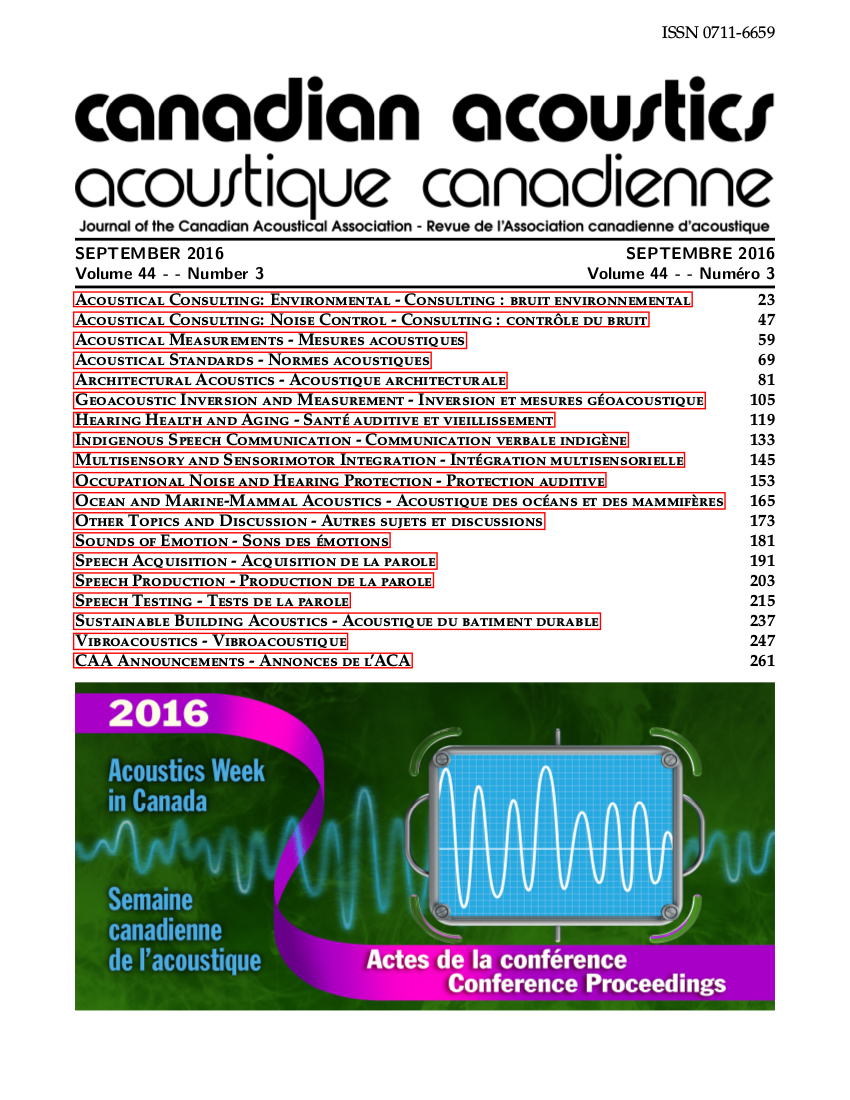Individual Variations and Gradience in English Palatalization
Abstract
Palatalization in many languages emerges as either a lexical process or a post-lexical process, in which lexical palatalization is governed by language-specific phonological rules, and post-lexical palatalization is a result of phonetic coarticulation. This study examines whether lexical and post-lexical palatalization in English manifest as distinct articulatory gestures using ultrasound imaging of 12 native speakers of American English. Comparison of the ultrasound tongue contours shows that lexical and post-lexical palatalization is articulatorily distinct, but the way such articulatory distinction is made is not uniform across speakers, showing no clear universal "palatal" gesture shared in common. Moreover, the effects of lexical information—two different types of palatalization and lexical frequency in this study—vary across different segments, words and speakers. The findings from this study provide additional empirical evidence for the lexical influence on palatalization, and add weight to the growing evidence of speaker-specific variability in speech production. Furthermore, this study suggests that speakers may construct their "individualized" palatalization grammar, resulting in non-generalizable gestural patterns.
Additional Files
Published
How to Cite
Issue
Section
License
Author Licensing Addendum
This Licensing Addendum ("Addendum") is entered into between the undersigned Author(s) and Canadian Acoustics journal published by the Canadian Acoustical Association (hereinafter referred to as the "Publisher"). The Author(s) and the Publisher agree as follows:
-
Retained Rights: The Author(s) retain(s) the following rights:
- The right to reproduce, distribute, and publicly display the Work on the Author's personal website or the website of the Author's institution.
- The right to use the Work in the Author's teaching activities and presentations.
- The right to include the Work in a compilation for the Author's personal use, not for sale.
-
Grant of License: The Author(s) grant(s) to the Publisher a worldwide exclusive license to publish, reproduce, distribute, and display the Work in Canadian Acoustics and any other formats and media deemed appropriate by the Publisher.
-
Attribution: The Publisher agrees to include proper attribution to the Author(s) in all publications and reproductions of the Work.
-
No Conflict: This Addendum is intended to be in harmony with, and not in conflict with, the terms and conditions of the original agreement entered into between the Author(s) and the Publisher.
-
Copyright Clause: Copyright on articles is held by the Author(s). The corresponding Author has the right to grant on behalf of all Authors and does grant on behalf of all Authors, a worldwide exclusive license to the Publisher and its licensees in perpetuity, in all forms, formats, and media (whether known now or created in the future), including but not limited to the rights to publish, reproduce, distribute, display, store, translate, create adaptations, reprints, include within collections, and create summaries, extracts, and/or abstracts of the Contribution.


